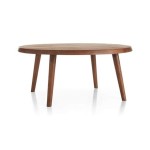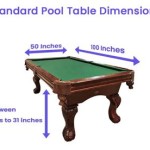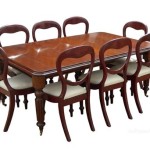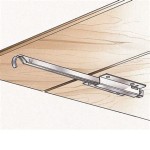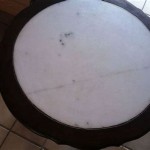How Big Should a Cutting Table Be for Quilting?
Determining the ideal size for a cutting table for quilting requires careful consideration of several factors. The size of your workspace, the types of projects you typically undertake, and the number of fabrics you need to cut all play a crucial role in choosing the perfect table.
Workspace Size
The size of your workspace is a primary determinant of the maximum size of cutting table you can accommodate. If your quilting area is limited, you may need to opt for a smaller table that fits comfortably within the available space. On the other hand, if you have a dedicated quilting studio or a large room, you can explore larger tables that provide ample cutting surface.
Project Size and Type
The types of quilting projects you typically make can also influence the size of cutting table you need. If you primarily work on smaller projects, such as baby quilts or table runners, a smaller table may suffice. However, if you frequently create large quilts or complex designs, a larger table will provide more workspace and reduce the need for frequent repositioning of fabrics.
Number of Fabrics
Consider the number of fabrics you typically need to cut for your quilting projects. If you often work with a large variety of fabrics, a larger cutting table will allow you to spread out multiple fabrics simultaneously, minimizing the time spent sorting and searching for materials. A smaller table may be sufficient if you typically use a limited number of fabrics.
Ergonomics and Comfort
The ergonomics of the cutting table play a significant role in your comfort and efficiency while quilting. A table that is too high or too low can strain your back and shoulders, especially during extended cutting sessions. Choose a table height that aligns with your natural standing or sitting position, allowing you to work comfortably for longer periods.
Additional Considerations
In addition to the factors discussed above, there are a few other considerations to keep in mind when choosing a cutting table size:
- Do you prefer to cut fabrics flat or on a slant?
- Is there adequate space around the table for moving around and accessing materials?
- Do you need additional storage space for rulers, tools, and fabrics?
Conclusion
The ideal size for a cutting table for quilting is a personal preference that depends on various factors. By carefully considering your workspace size, project requirements, fabric quantity, ergonomics, and additional considerations, you can make an informed decision that meets your quilting needs and enhances your quilting experience.

How To Make A Diy Cutting Table With Batting Roll Storage Quilters Candy

Creating My Dream Cutting Table For Sewing Tasha Could Make That

How To Make A Diy Cutting Table With Batting Roll Storage Quilters Candy

Sewezi Cutting Table Sewing Quilting Furniture
Build Your Own Diy Cutting Table For Sewing Room Stop Staring And Start

Creating My Dream Cutting Table For Sewing Tasha Could Make That

Create Your Perfect Cutting Table From Pre Made Units Quilting Digest

How To Make A Diy Cutting Table With Batting Roll Storage Quilters Candy

Diy Sewing And Cutting Table With Storage Cubbies Underneath

Sewing Space Series Cutting Table Tutorial Alderwood Studio Modern Quilts For Life
Related Posts


